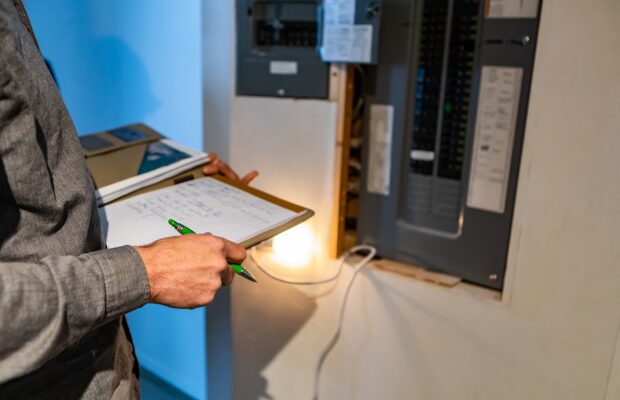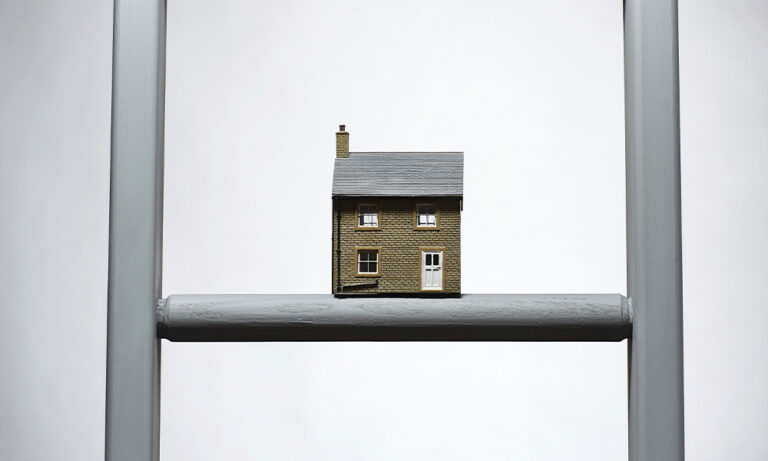You could face hefty fines from local authorities of up to £30,000 if you do not fulfil the required electrical safety standards.
Your first step is to arrange an Electrical Installation Condition Report (EICR), also known as a Landlord Safety Test. In this guide, you’ll find out what’s included in an EICR and how to arrange this.
Learn about our lettings services
What is inspected during an Electrical Installation Condition Report (EICR)?
Inspections include fuse boxes, wiring, sockets, and lighting. Although an EICR does not include electrical appliances, it does include fixed electrical installations. Therefore, landlords should carry out portable appliance testing (PAT) so they can show that they follow good practice for items such as TVs.
Typically, electricians can check these for you as well as conduct your EICR inspection. Additional checks will also include testing of the smoke alarms and carbon monoxide alarms, although they will be included if they are hard-wired to the mains supply.
The qualified person carrying out your inspection will have a detailed checklist for each of these electrical installation categories and they will check things like damage to sockets and the integrity of installations.
Related: Why two-thirds of landlords are considering switching to a managed let
How often do Electrical Installation Condition Reports need to be carried out?
Landlords must ensure that all electrical installations are inspected and tested every five years. However, inspections must be carried out by a registered electrician for compliance and insurance purposes. In some cases, depending on the condition of the installations, inspections may need to be more frequent.
What is the role of landlords in meeting electrical safety standards?
As a landlord, you must ensure that:
- Your property meets national electrical safety standards by obtaining an Electrical Installation Condition Report (EICR).
- You obtain the test and inspection report of your property from the person conducting it, which will specify the next due dates for tests and inspections.
- Within 28 days of tests and inspections, you must provide a copy of the report to your existing tenants.
- You must provide the report to any new tenants before they move in.
- If your local authority requests the report, you must provide it within 7 days.
- You keep the report safe so that you can provide it to the inspector carrying out the next inspection.
- If, during the inspection, the report requires further inspection or work, then this must be carried out within 28 days.
- Once any remedial or further inspections have been completed, you must provide written confirmation from the electrician to your local authority and tenants within 28 days of completion.
What will the ECIR show?
It could be that your property passes with flying colours without any issues. Inspectors carrying out the report are qualified electricians, and will grade any work that needs to be undertaken, and could fix and make any hazards safe there and then.
The person carrying out the inspection will use the codes below to classify the work that needs to be done:
- Code 1 – Danger. Risk of injury
- Code 2 – Potentially dangerous – urgent action required.
- Code 3 – Improvement is recommended.
- FI – Further investigation is required without delay.
Related: Everything you need to know about property conversion
It pays to keep your property compliant
Keeping your property compliant in every aspect can feel like a full-time job, not to mention managing the other equally important aspects of being a successful landlord.
Martin & Co’s landlord services include tenant background checks, compliance with legislation, detailed property inventory, 24/7 repairs, maintenance, and more.




